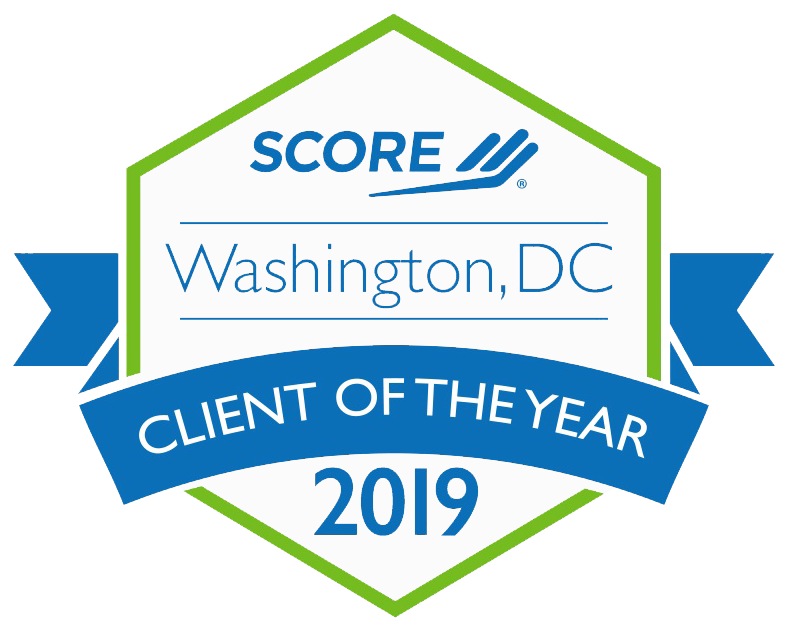In the summer of 2014, almost everyone either participated in or knew someone who participated in the ALS Ice Bucket Challenge. It was a win/win situation – The ALS Association gained exposure through various social media outlets, and experienced a near 1,000 percent increase in donations from the previous year at that time.  However, people started to look a little deeper and wonder, Where is my money going? Is it really supporting research? They are shocked to discover that some of the donation funds actually go toward administrative costs and overhead. While those unfamiliar with a nonprofit budget might find this disenchanting, this is actually common and accepted practice, and must be understood in more detail to clarify some misconceptions.
However, people started to look a little deeper and wonder, Where is my money going? Is it really supporting research? They are shocked to discover that some of the donation funds actually go toward administrative costs and overhead. While those unfamiliar with a nonprofit budget might find this disenchanting, this is actually common and accepted practice, and must be understood in more detail to clarify some misconceptions.
What exactly is an indirect cost and what are some examples?
- A cost or expense that is not directly traceable to a department, product, activity, customer, etc.
- Salary and fringe benefits for an administrative or programmatic staff person used by multiple programs
- Rent and mortgage payments for a facility space
- Utility payments
The Nonprofit Finance Fund (NFF) provided some findings about the stress that indirect costs have on nonprofit organizations, particularly as they seek grant funding. The NFF found that when nonprofits do receive funding from government organizations, the indirect cost rate rarely covers the full cost of the program or project. Nonprofit organizations then become greatly concerned about maintaining their programs and services, in addition to growing to serve the needs of additional individuals within their target population.
The following table, taken from the State of the Nonprofit Sector 2014 Survey, shows the average indirect cost reimbursement rates across the nonprofit sector:

The Government Accountability Office (GAO) issued a report in May 2010 about the inconsistencies in how the indirect cost rate is used. These variations can lead to some organizations receiving greater reimbursements than others, and is not always equitable across the board. Another important note is that some nonprofits have Negotiated Indirect Cost Rate Agreements (NICRAs) with a cognizant federal agency. These rates vary tremendously between organizations based on how the rates are calculated, and the accepted practice within the agency.
However, many nonprofits do not have such agreements and try to determine a way to calculate indirect costs. In order to ensure a more equitable and transparent process, the Office of Management and Budget has stated that those nonprofits without a NICRA are allowed to use a 10 percent indirect cost rate on all government applications. This should be an improved step toward reimbursement on those costs, and allow nonprofits to gain back some additional funds that may otherwise be lost.
There is still additional work to be done to clarify indirect costs, and for nonprofits to educate the public on the importance of indirect costs for the functioning of nonprofits. OMB is taking the initiative to ensure the value of nonprofit work continues and they become less consumed by administrative and financial burdens.
This post originally appeared on the eCivis Blog: All Things Grants-Related




